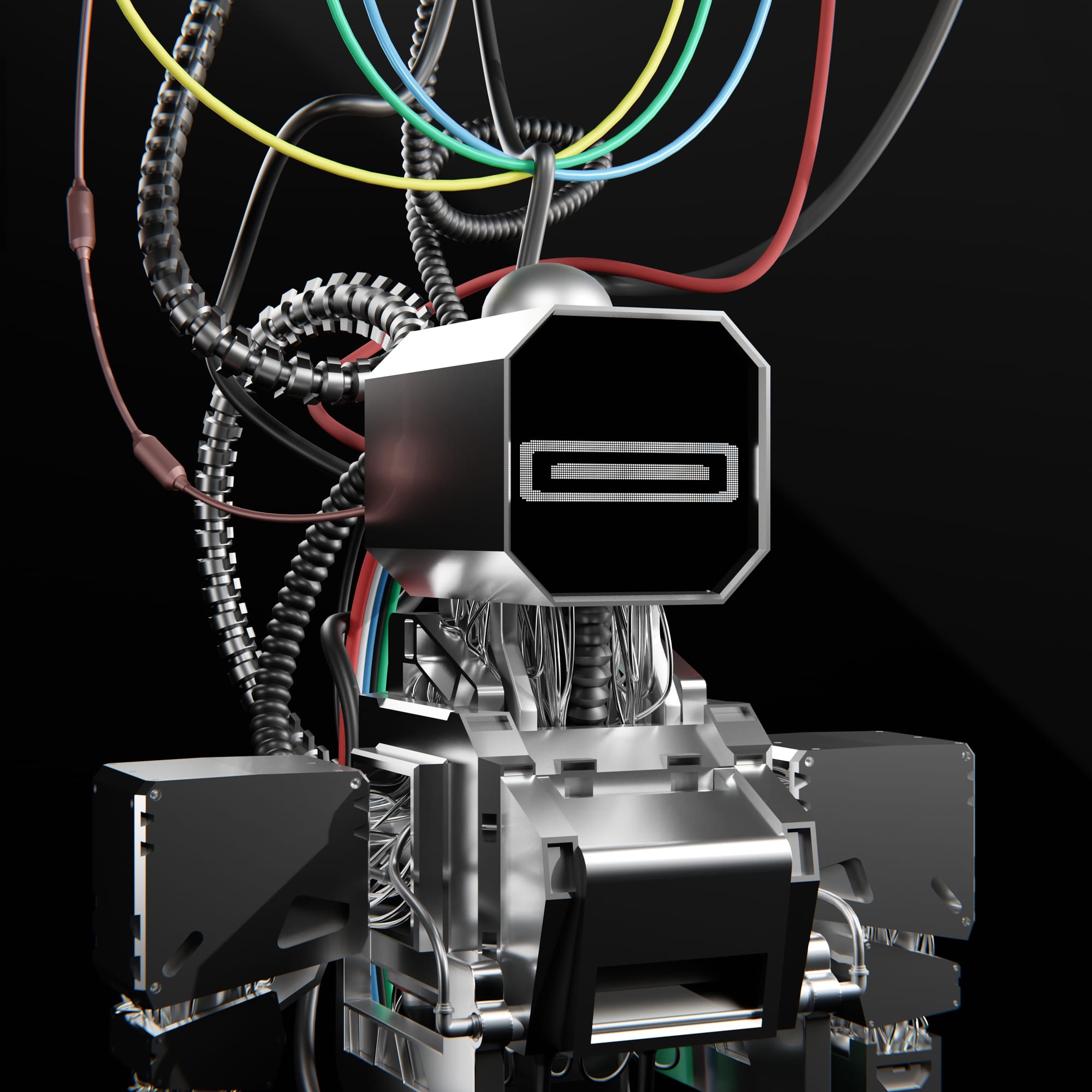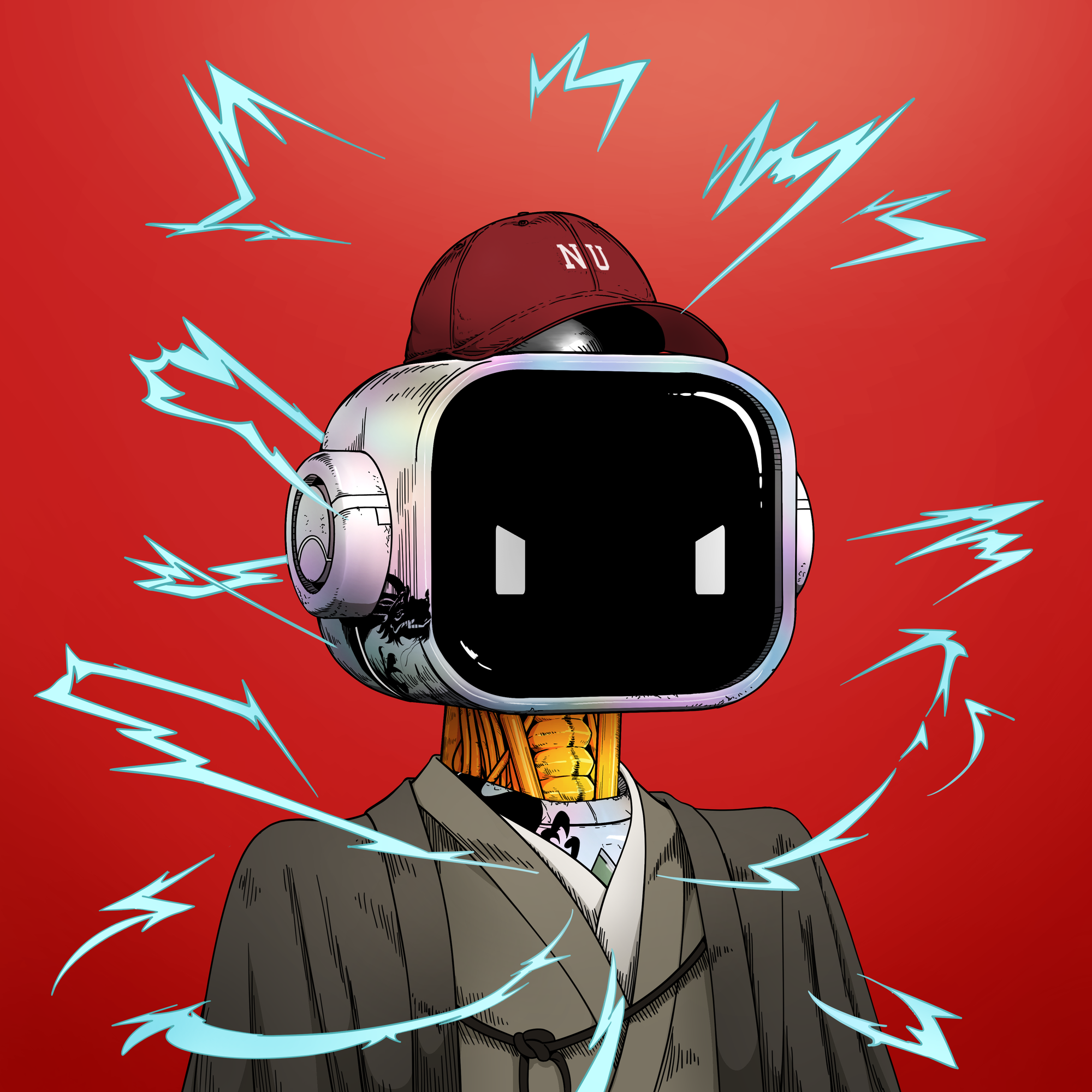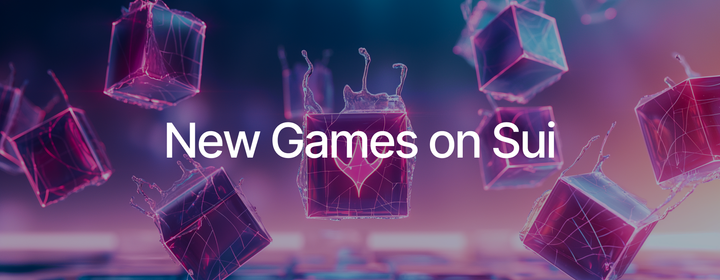Sui Technology Makes Studio Mirai's Creative Vision a Reality
With dynamic PFPs and a groundbreaking music platform, Studio Mirai is using blockchain-powered tools to empower artists and connect with fans.

Brothers Brian and Ben Li share a passion for the arts. With Studio Mirai, the research and development studio they co-founded, they’re exploring the intersections between Web3 technology and creative industries.
Tamashi, Studio Mirai’s first profile picture (PFP) project, exists within Nozomi World, a rich, fictional world created to give a captivating backstory to all three PFP collections the company has in the works. In addition to providing the team with a fun and interesting way to conduct research and development for its products, these PFP collections also helped Studio Mirai create a highly engaged community in the NFT space and build a foundation for pushing out future projects.

Its flagship product, Coda, is currently in development and aims to shake up the music industry with a platform that brings artists and fans closer with blockchain-powered tools.
Coda is an ambitious vision. And when the brothers launched Studio Mirai about three years ago, predominant blockchain technology wasn’t up to the task of bringing it to life.
“My experience building on other chains was not great, because you have to conform to the standards on those chains,” said Brian Li, Studio Mirai’s Chief Technology Officer. “So when we were building out the music platform, as well as certain features for our collections, it turned out to be very difficult–if not impossible–to do on existing chains.”
After initially launching on one chain and experimenting with another, Li decided to move the entire operation over to Sui.
“On Sui, we’re able to imagine something and then just capture that in code,” he said.

The biggest game changer for Studio Mirai has been Sui’s object-based data model. While most blockchains use an account-based model, a legacy of their focus on cryptocurrency, Sui is fundamentally different. With a computing environment where everything is expressed as an object and one object can own another, Sui gives developers much more freedom.
“On other chains, there was no way to build an object,” said Li. “There was a standard, which could make it seem like you’re building an object, but at the core, you’re not. And it was just very difficult to get around that.”
But the object-based model isn’t the only Sui technology benefiting Studio Mirai. Fast path transactions, shared objects for account abstraction, transfer to object, onchain hashing, dynamic NFTs, and zkLogin all contribute to Studio Mirai’s projects.
“We’re pretty much using every feature available to us,” said Li.
PFPs in a world of hope
When Studio Mirai decided to launch their PFP collections, they wanted to have more than just the usual set of complementary pictures. So one team member wrote a story, based in the fictional city of Nozomi (meaning “hope” in Japanese), to give depth and meaning to the characters they illustrated.

Studio Mirai offers three PFP collections, all linked to the world of Nozomi. Tamashi, the original collection, consists of 100 one-of-one PFPs, which was released on another chain and will be migrating to Sui this year. Prime Machin, the team’s first dynamic collection to be launched on Sui, will be minting early this year. The manga-inspired Prime Machin collection leverages several Sui technologies in innovative ways, such as fast path transactions, transfer to object, and storage rebates for storing 4K full-resolution images onchain. In addition, Sui’s dynamic NFT capabilities will allow images in this collection to transform from black and white to color. Enforcer Machin, the next dynamic collection on Sui, will leverage object composability to allow swappable traits and real-time 3D rendering.
Bringing musicians and fans into harmony
An even more ambitious project is Coda, a music platform Studio Mirai hopes will bring some of the power back to artists and deepen connections between musicians and their fans.
“We feel like blockchain has a lot of potential to solve many things,” said Li. “I think blockchain is most useful in situations where there’s an imbalance of power. And the music world is perhaps the best example of this.”
“I think blockchain is most useful in situations where there’s an imbalance of power. And the music world is perhaps the best example of this.”
Li cites the expense of making music in the last century as the source of many problems that still persist in the industry today. Because studio time and equipment, record pressings, promotion, and touring were so expensive, musicians had little control. They had to work with a large company to get their music made and sold.
“In that kind of environment, it’s very easy for these large companies to abuse their power,” said Li. “So people get bad deals, payments are slow, concert tickets are very expensive. And the power lies with the entities between the artists and the fans."
“Blockchain is a technology that could potentially change that,” he added. “Now we have a permissionless system that can act as that thing in between them. That was really the inspiration for this platform.”
And while the team conceived of the Coda platform years prior, they were forced to shelve development on it when existing blockchains couldn’t support their model. It wasn’t until they stumbled upon Sui in 2022 that they realized what was finally possible.
“I dug into the docs and saw the ability to create custom types that actually live in a wallet instead of just in a contract, the ability to customize the permissions aspect of the object itself,” said Li. “I told my brother ‘This is exactly what we need to build what we want.’”
The team envisions Coda as a platform that can connect musicians and fans in three ways: publishing and selling albums, selling concert tickets, and giving artists more direct insight into their fans.
Coda will allow artists to persist their records and accept payments through Sui.
Coda will allow artists to persist their records and accept payments through Sui. This design lets artists set their own album prices and helps avoid the often inscrutable, slow payment process associated with modern streaming platforms.
An NFT-based ticketing platform would allow artists to sell tickets to their live shows. Artists could specify how much their tickets are sold for both on the primary market and the secondary market, a move designed to address the scalping problem. Sui's Kiosk primitive lets Studio Mirai build in the logic where artists can set both the primary and secondary prices. In addition, dynamic NFTs as tickets can change their visual aspect once they've been redeemed for entry to a show.
“Now, once a new show goes up, bots will buy up tickets and scalpers will then try to sell them for two or three times the original price,” said Li. “That’s not good for the fans. It’s only good for the scalpers and the marketplace, which answers to their shareholders.”
Finally, the team is working to give artists insight into their fans. Li cites the frustrations of artists who have no way to know who is attending their live shows, streaming their songs, or buying their merch. They want the platform to give artists a way to find engaged fans and send them a discount on an upcoming show or album, for example, while not disclosing any specific information about those fans. Using Sui, Studio Mirai can send any number of digital promotional items to accounts that redeemed NFT-based concert tickets.
The move to Sui
Although moving their Nozomi PFPs and Coda over to Sui took effort, the team was pleasantly surprised at how quickly they were able to get up and running. Li anticipated a six- to eight-week ramp-up time. Instead, once he got to work, he was able to begin deploying on Sui within 12 hours. And the move has enabled them to actually start building a platform that meets their grand vision.
“Sui is probably the only chain that’s suitable to build a consumer app,” said Li. “And that’s almost exclusively due to the fact that Sui has programmable transaction blocks, where you’re able to bundle a bunch of different actions into one package that can be submitted at once and then that’s processed as one thing.”
He gives an example of breaking a music recording down into six tiers, where each tier is an object that owns the previous tier. Sui allows them to create the complete tokenized record in a single programmable transaction, whereas other chains that don’t support this feature would require time to wait for each subsequent block.
“So an interaction that might take half a second on Sui might end up taking 10 seconds on a different chain, even if there’s a fast block time,” said Li. “These programmable transaction blocks abstract away transaction speed as something that devs need to think about.”
With Sui as its foundation, Studio Mirai will continue to push the boundaries of where the creative arts can go.



